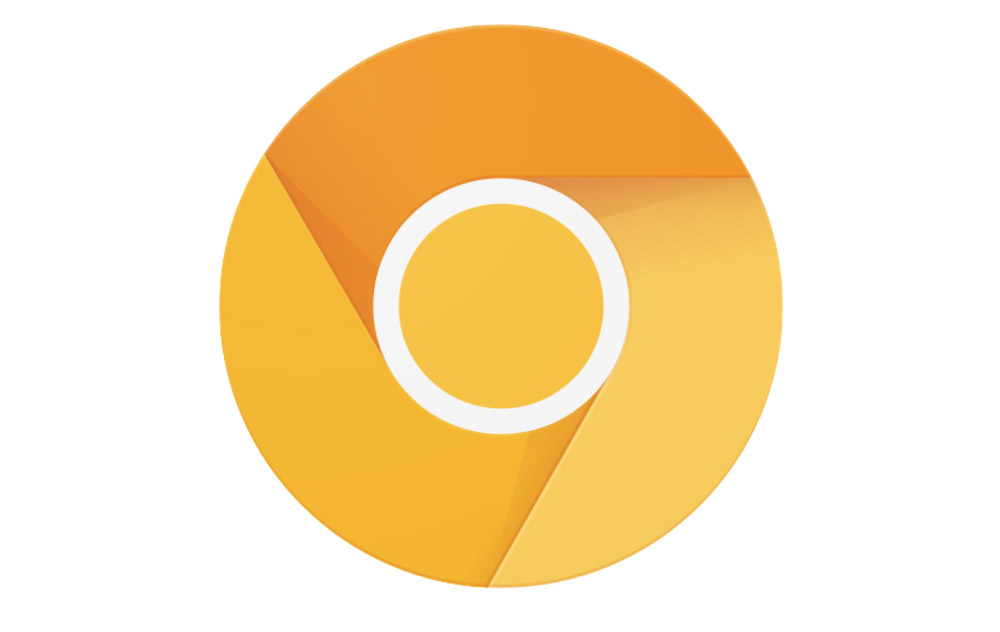
- CHROME CANARY VS CHROMIUM VS CHROME SOFTWARE
- CHROME CANARY VS CHROMIUM VS CHROME CODE
- CHROME CANARY VS CHROMIUM VS CHROME TRIAL
So, given that you no longer have to worry about whether your page will look the same in Firefox or Chrome, how do you decide which browser to go with when it comes to devtools? Firefox also supports plugins and has recently released a “ developers version” of the browser specifically for web developer use. You can also add plugins that increase the browser’s functionality. Chrome has a long history of including developer tools as part of its standard package. Instead, you can focus on what the browsers offer you as a developer. Standards-compliant web design is helping close the gap between Chrome and Firefox. Given the rigid standards-compliance by both Chrome and Mozilla, however, you do not need to worry about that.
CHROME CANARY VS CHROMIUM VS CHROME CODE
In days gone by, this would have made Chrome by the far the best choice for development, since getting your code to work in Chrome would mean it works on the vast majority of systems. These days, Chrome is the most commonly used browser with over 60% market share. This is in stark contrast to the early days of web browsers, where the same page could look dramatically different depending on the browsers it was being viewed in. Thanks to the advent of standards-compliant web design, all of the major browsers render pages fundamentally the same. These days, the choice of development browser is not as significant as it once was. From 3D page inspectors to auditing functionality, there is plenty to assist you in streamlining your web development workflow. Of course, these are not the only devtool features you will find in Firefox, Chrome, or any other browsers for that matter. This can be used to identify things like excessive network bandwidth, CPU load, and memory usage. Resource profiling enables you to see what resources your page or web application is using. Slow load times are the bane of web developers everywhere. This feature allows you to quickly view the source code of a page, particularly useful when debugging issues with pages that are generated dynamically on the server-side. In a way, source code could be seen as the original devtool, since it has been a feature of most browsers since long before the term “devtools” was coined. This feature is useful for isolating the cause of a problem that could theoretically be caused by HTML, CSS, or Javascript. Inspect element is a devtools feature that allows a web developer to select a specific element of a web page and view its underlying structure, including code, attributes, linked elements such as style, and more. Developers often put debugging messages into their code to test things like loading time, or to output hidden data to see why something is not working, the browser’s console function makes it easy to see these messages. The console feature of a browser allows you to see things that are being reported, either as part of a debugging effort, or errors generated by some aspect of the page or application being tested. Nowadays, choosing between Chrome and Firefox is almost purely a matter of personal preference. Not every browser’s devtool features are the same, but here are some of the most notable and common ones.
CHROME CANARY VS CHROMIUM VS CHROME TRIAL
They also allow a developer to make non-permanent changes to the underlying code of a web page, meaning they can trial changes in the browser before heading back to their development environment to make those changes properly.
CHROME CANARY VS CHROMIUM VS CHROME SOFTWARE
These tools allow a developer to perform many functions they would previously have required special software for.

If you are unfamiliar with devtools, you may be wondering why they are considered to be such a revolution in web development.

Using Devtools to Improve Your Web Development Indeed, the market is at a place now where the choice between Chrome and Firefox for web development almost comes down to a matter of preference, since both are highly capable and feature-rich in the developer tools department. And, with the relatively recent release of Firefox Developers Edition, there is certainly competition in this space.

While Chrome was the first of the major browsers to add developer tools, the usefulness and popularity of these tools ensured that the other major browsers soon followed suit. These days, some degree of devtool functionality comes as a built-in feature in most of the popular browsers, and that, of course, includes Google’s Chrome and Mozilla’s Firefox. Fortunately, those days are behind us.ĭevtools are a suite of features available in certain browsers that allow developers to perform a range of debugging activities on their web pages and web applications without ever having to switch back to their development environment. There was a time when web development involved designing and building your web pages in a web design application-or in your code editor of choice-and switching back and forth between that and a browser to test and debug your work.


 0 kommentar(er)
0 kommentar(er)
